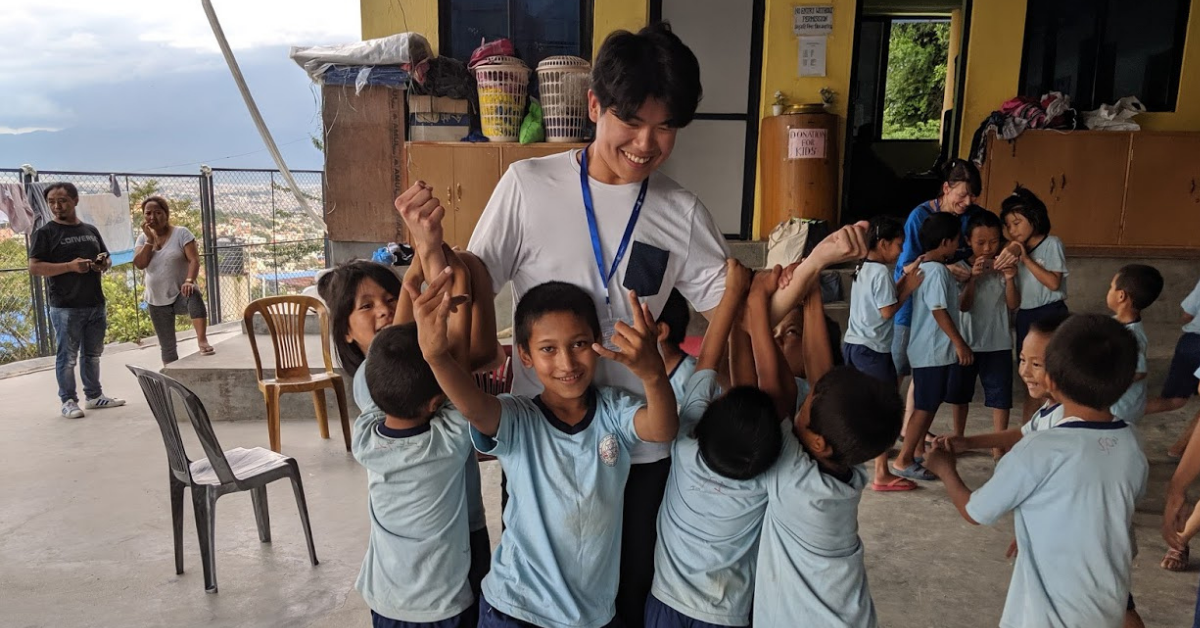Queen’s Dentistry graduate, Leo Sims travelled to Kathmandu in Nepal on a three-week dentistry elective during his fourth year to see the differences between healthcare in the UK and the developing world.
Why Queen’s?
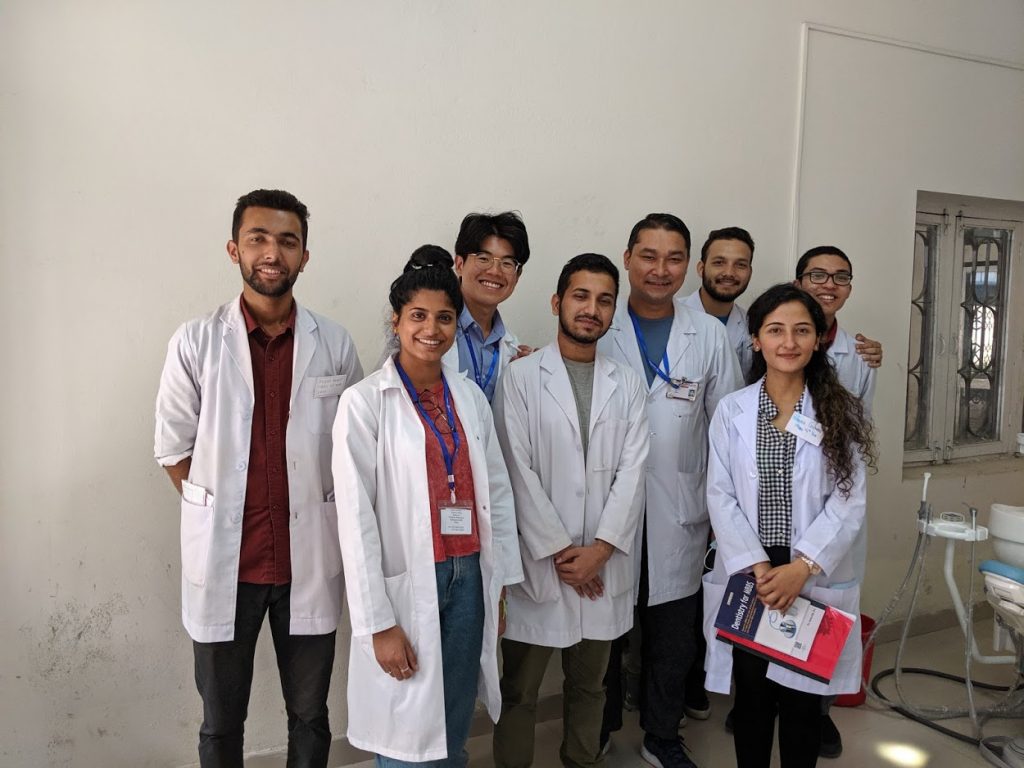
I chose to study at Queen’s University Belfast because it’s part of the Russell Group of universities with high research intensity.
Furthermore, they’re also well-known for their dentistry course and they have a large international student community, which adds to the vibrancy of the student life!
Student life at Queen’s

My five years at QUB were amazing. I had the opportunity to get involved with different roles and responsibilities within clubs and societies – where I made friends for life.
I particularly enjoyed my time when I was President of the International Student’s Society where I worked with people from all walks of life and provided a home away from home for fellow international students in Belfast.
Finding the right placement
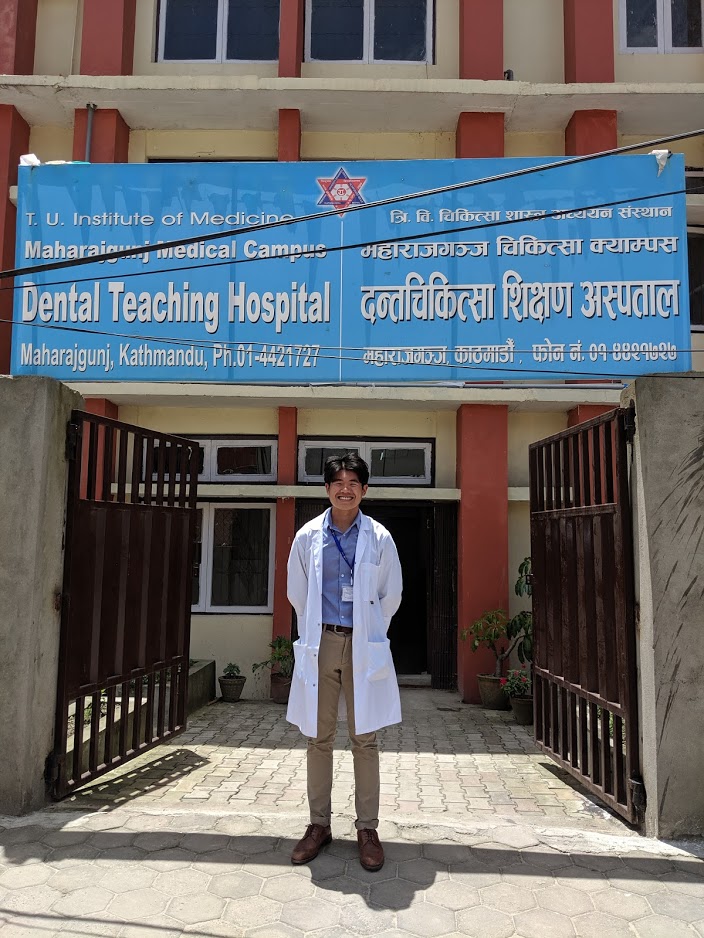
I undertook my placement during my summer holiday at the end of my fourth year. My international elective was not a compulsory component of my dental course, but my clinical tutors provided me with advice on how to organise it.
I chose Nepal as the destination for my dental elective due to its unique blend of South Asian and East Asian culture, its geographical beauty and the positive feedback I’d received from friends who had been there before. I thought it would be an eye-opening experience and it turned out to be more than that – it was an adventure of a lifetime.
Hands-on experience
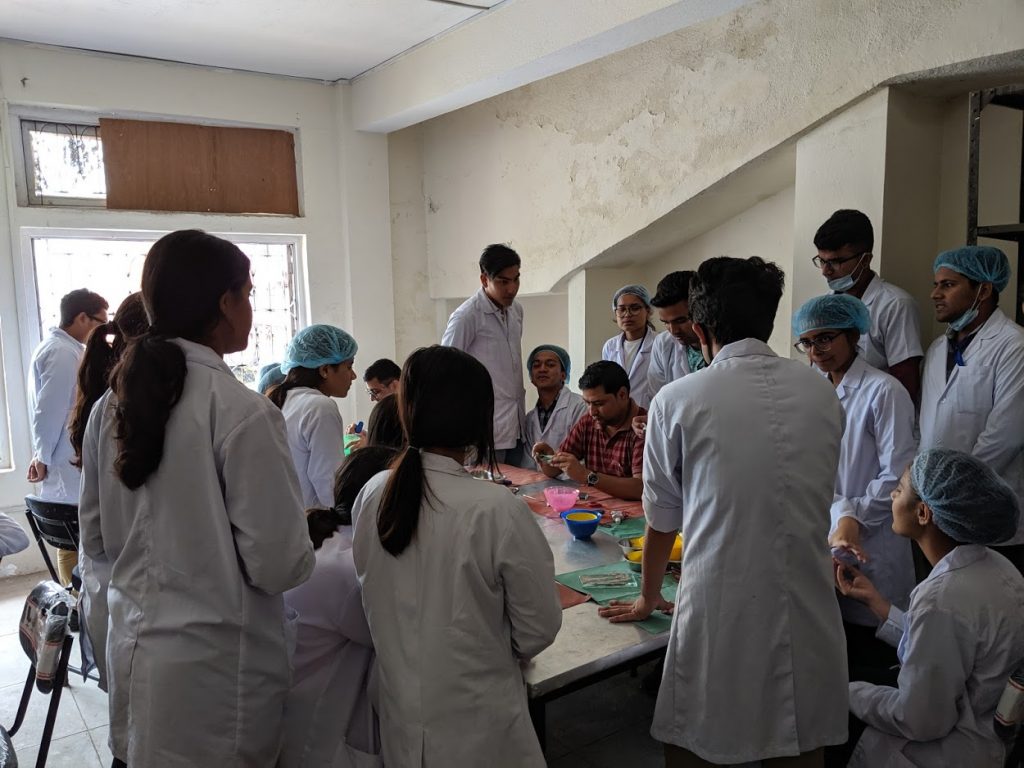
Over the two weeks, I was given the opportunity to experience different departments (endodontics, restorative, periodontics and orthodontics) in the teaching hospital, as well as the chance to attend some lectures for the Nepali first-year dental students.
There was a walk-in clinic where patients would be assessed and subsequently given immediate treatment or further appointments depending on availability.
Most practitioners were trained in English hence it was not uncommon for them to use a mixture of Nepali and English when explaining procedures and treatments to patients.
To my surprise, for a hospital service, they put a lot of effort into saving a tooth, encouraging patients who have irreversible pulpitis to undergo root canal treatment. I had previously experienced a dental service in a hospital back in Malaysia, where extraction is the norm and the preferred option among patients.
Challenges in the developing world
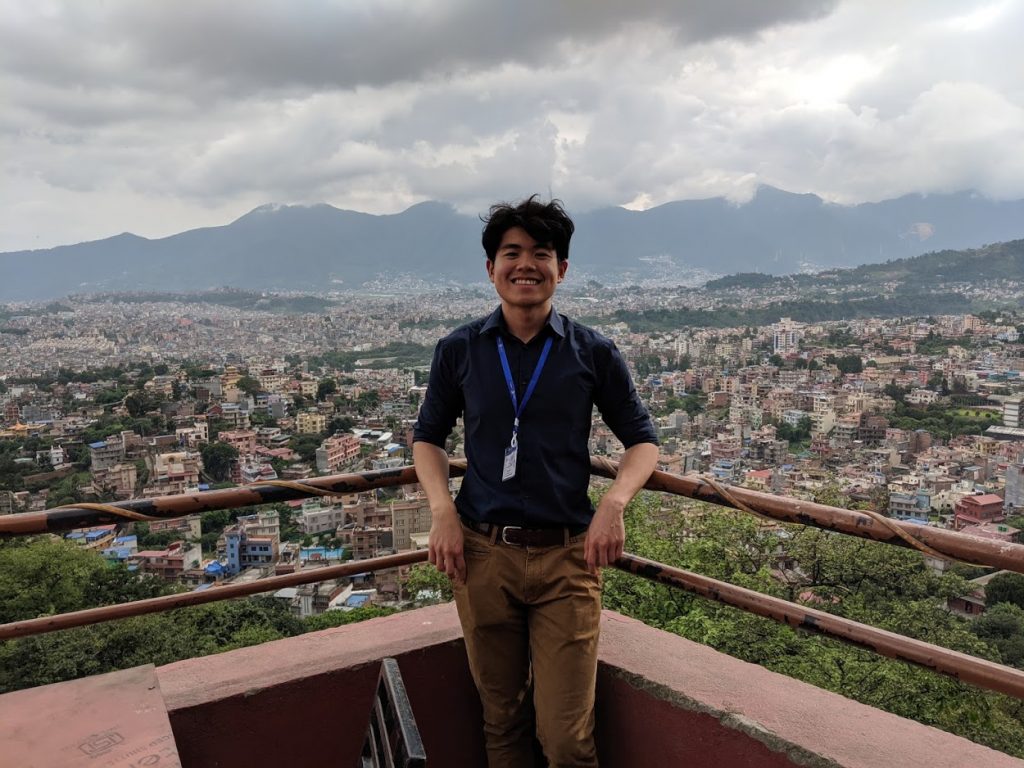
While we often try to emulate the best clinical practice according to the latest literature, the lack of resources can prove to be a big hurdle in the developing world.
Disposable consumables and equipment are kept to a bare minimum. Burs, dental probes, dental mirrors and forceps were immersed in disinfectant and washed with soap water before being reused.
There was also limited restorative options – selection of composite shade was restricted to whichever was available at the time, a lack of disposable composite capsules meant it had to be scooped out from a common dispenser for all patients, a lack of matrix bands, transparent strips and finishing burs (only diamond burs were available in the clinic).
During my elective, there was a patient who presented with a class II cavity and required composite restoration. ‘Matrix band and wooden wedges in?’, I asked. The dentist whom I was shadowing at that time, told me ‘Yes we would use them, if we had them’, before proceeding to pack the restoration free-hand.
Insights from practicing in another country
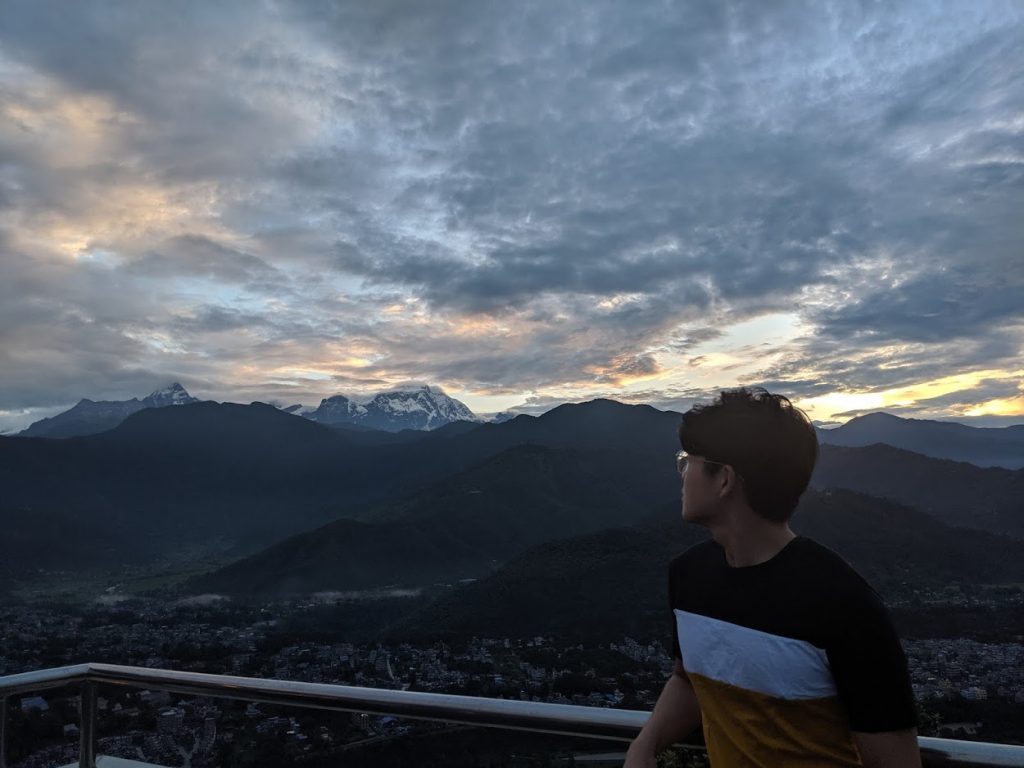
I noticed that orthodontics in Nepal was very technical and particular when it came to measurements. Incisal length at smile, vertical and horizontal facial height, and the length between pupil were all measured and noted. Taking orthopantomogram and lateral cephalometric radiograph for angle measurement was part of the protocol for all cases.
For endodontics, due to the lack of resources, rubber dams and rotary instruments were not readily available. Sodium chloride irrigant and stainless steel hand files were used instead.
In Nepal, unlike the increasingly litigious society in the developed world, patient compliance was simply beyond exceptional. Local anaesthetics were not normally given for restorative and endodontic treatment as they were usually reserved for more invasive procedures such as an extraction (and only a minimal volume was given in these cases). Their pain tolerance certainly deserves credit.
Exploring the country
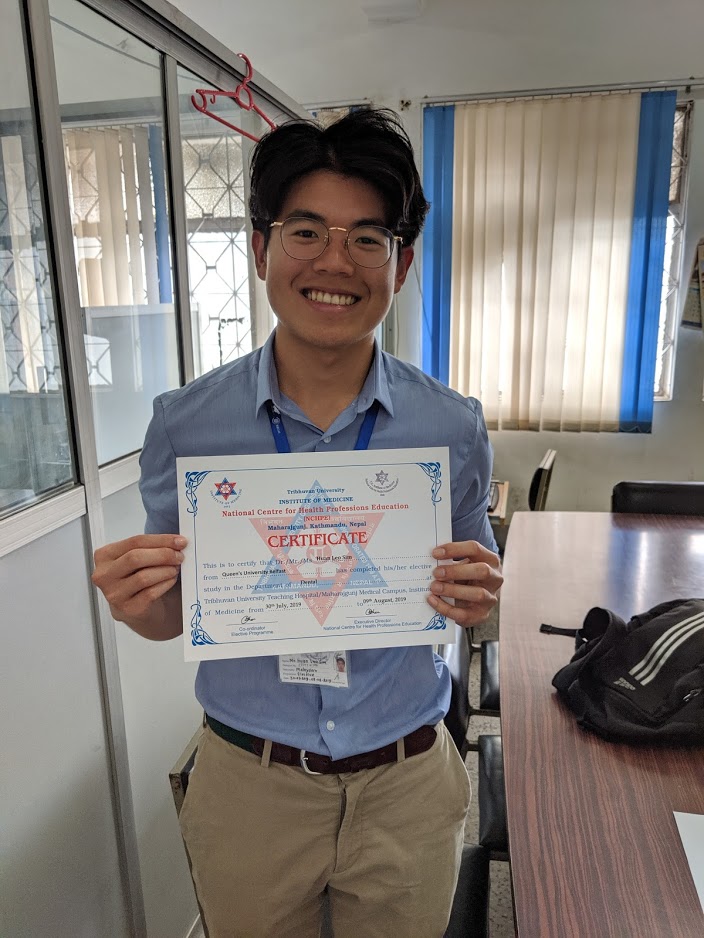
I did some exploring around Kathmandu during my free time and visited the main attractions including the Swayambhunath temple, Thamel region, and Durbar square. What’s better than having a pint while enjoying the majestic sight of Boudhanath temple at night?
Over the weekend, myself and the others from the Work the World house went to Pokhara on a 7-hour bus journey which was definitely worthwhile. A highlight of the trip was paragliding over Phewa Lake at an altitude of 2500 meters whilst indulging in the lush greenery of the landscape.
Memories to last a lifetime
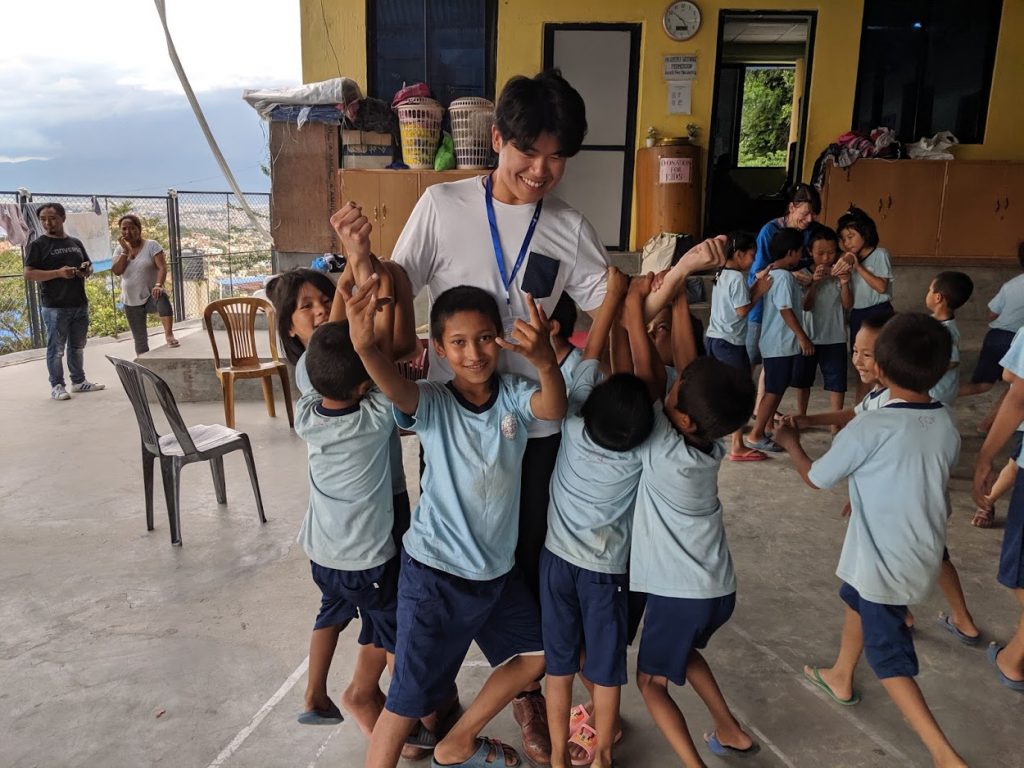
My two weeks in Nepal was an opportunity to reflect on how fortunate we are compared to other developing nations – what presents to us as an essential may well be a luxury to others.
My experience made me realize how fortunate we are to have vast amounts of resources available when providing care in a secondary setting compared to a developing country. It was definitely an eye-opening experience to shadow different complex treatments being carried out in Kathmandu.
For a future dental practitioner, it is definitely worth taking an overseas dental elective before graduating, it’s a trip you’ll remember for life.
Landing a graduate role
Since graduation, I’ve worked as a foundation dentist based in Berkshire. Compared to previous years, my cohort had less clinical experience due to Covid-19 forcing my final year of dental school to end prematurely.
It was a very steep learning curve in the beginning but I would say it is the year I’ve progressed the most in dentistry thus far.
My experience overseas with Work the World added a different perspective of how dental care is provided in another country. I learnt a lot of transferable skills from my experience, such as communication and adaptability. It has helped with transitioning into different working environments and making the best out of them.
In the future, I hope to undertake further training in restorative dentistry but life is like a box of chocolates – you never know what you will get!
Work the World specialise in creating overseas dentistry electives in Asia, Africa and Latin America. Their destinations provide eye-opening insight into the challenges associated with delivering healthcare in the developing world.
For more information about Global Opportunities at Queen’s, visit the Global Opportunities site.
